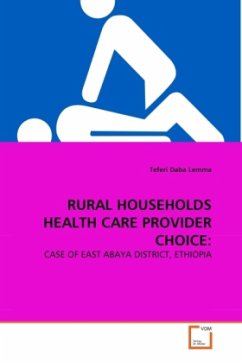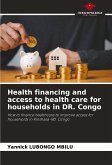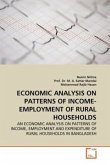Improving the health status of the population is one of the major pillars of the Millenium Development Goal (MDG) that has been signed by 147 heads of state. To achieve the health target included in MDG document, each country has to know the current coverage and quality of its health service, utilization level of the existing facilities and how effectively and efficiently the service is provided. In developing countries like Ethiopia,although modern (public and private) as well as traditional health care institutions are functioning side by side, only limited empirical studies exist on the demand of each health care institutions. Using household data collected from East Abaya District of Gamo Gofa Zone (SNNPR, Ethiopia), this study analyzes the nature of health care demand in rural Ethiopia, with special reference to the first stage of patient initiated contacts. An extended version of a discrete choice model (multinomial logit model) is used to analyze factors that determine thechoice of a given health care provider.
Bitte wählen Sie Ihr Anliegen aus.
Rechnungen
Retourenschein anfordern
Bestellstatus
Storno








